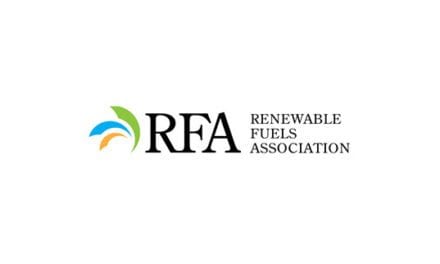Analysis by Dr. Nancy Yamaguchi
West Texas Intermediate (WTI) crude prices are lingering in the $47.50 – $47.75 per barrel (/b) range this morning after yesterday’s sharp drop of $1.30 at opening. WTI crude closed at $47.55/b yesterday.
Chinese refinery runs dropped significantly in July, leading to concerns that demand growth may falter. The prospect of weakening the demand side of the supply-demand equation adds more caution to the market since recent events point to a continuation of oversupply.
On the U.S. side, the American Petroleum Institute (API) expects that last week brought a major drop in U.S. crude inventories. The API reportedly anticipates a drawdown of 9.2 million barrels (MMbbl) of crude, compared to industry expectations of 3.6 MMbbls. The API also reported an addition of 0.301 MMbbls to gasoline inventories, compared to the industry survey expectation of a 1.5 MMbbls drawdown. Official data will be released by the Energy Information Administration (EIA) later today.
The API data lent support to crude prices, as did a disruption in Libyan crude exports. The backdrop continues to be oversupply, however. The International Energy Agency (IEA) has revised its forecast of global supply and demand, and the agency warned that it might take the entirety of 2018 to begin draining the surplus in global stockpiles.
The U.S. shale industry has remained robust despite sub-$50/b WTI prices. The EIA forecasts that output from major shale plays will hit a new record next month, led by gains in the Permian Basin, where production has risen steadily over the past two years. The EIA forecasts that total U.S. crude production will average 9.3 million barrels per day (MMbpd) this calendar year, rising to an average of 9.9 MMbbls in 2018.
WTI crude opened at $47.72/b, up by 23 cents from yesterday’s opening. Currently this morning, WTI prices are $47.66/b, down by 6 cents since today’s opening.








